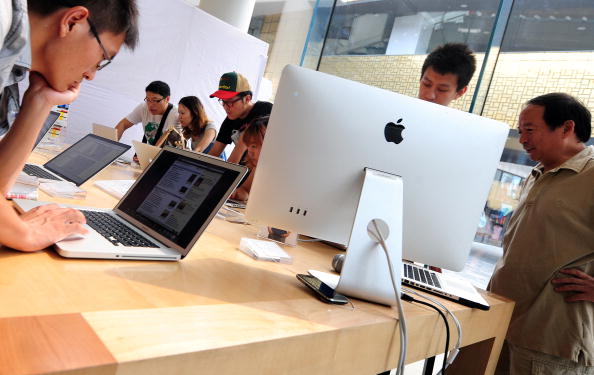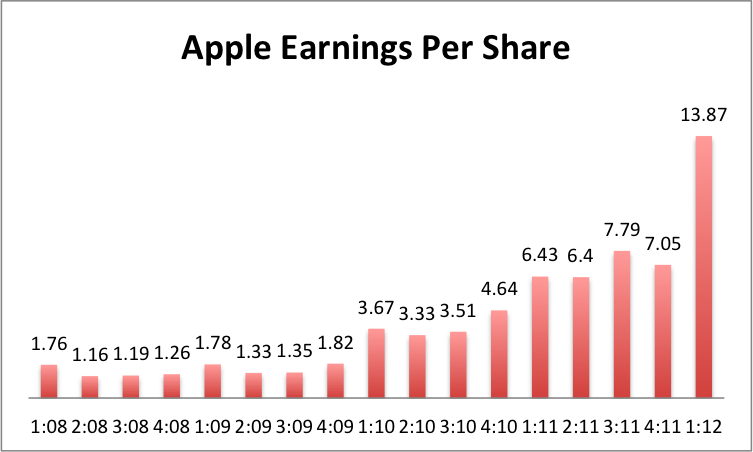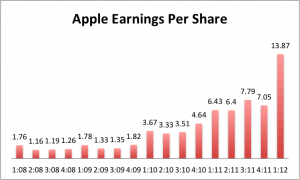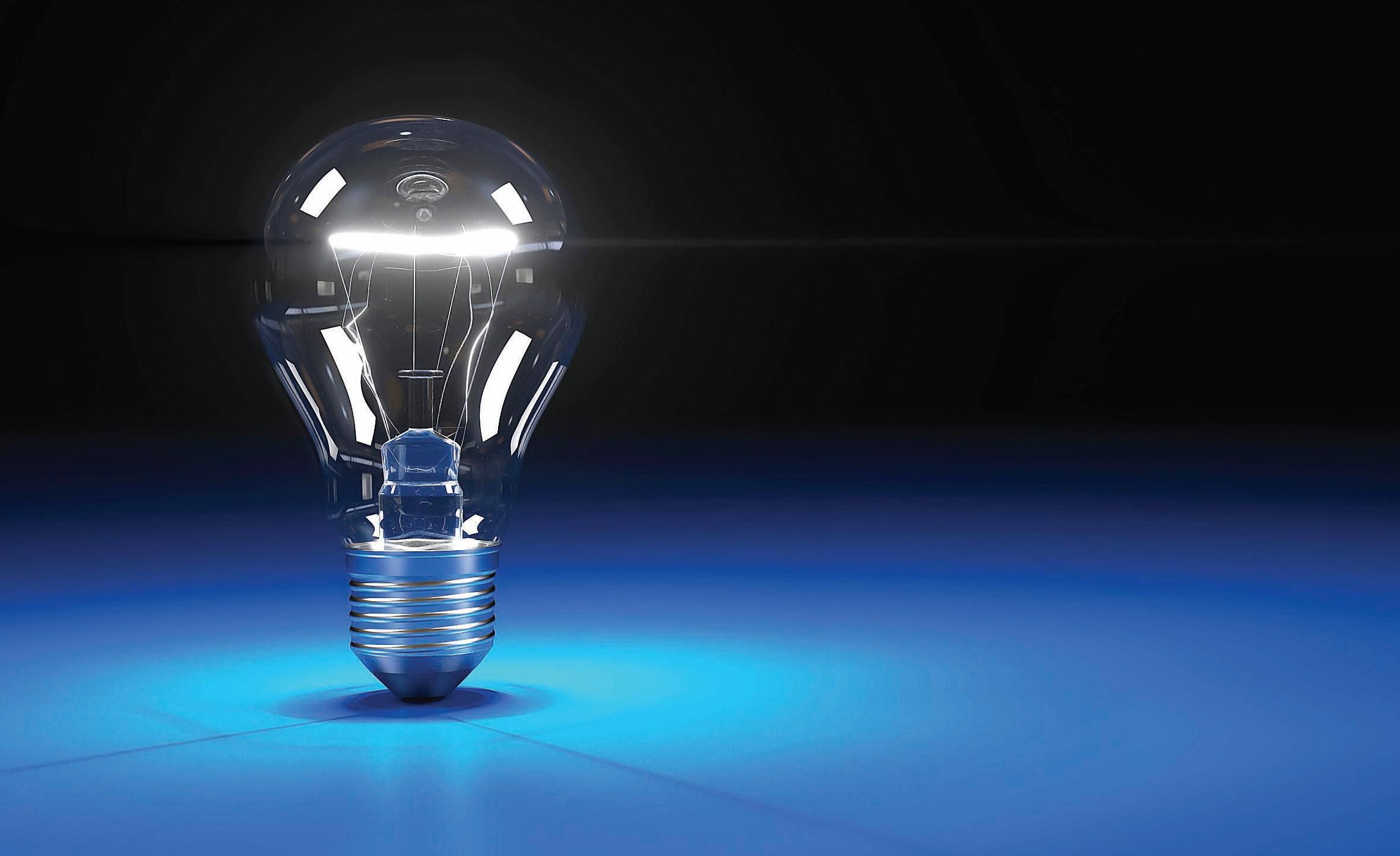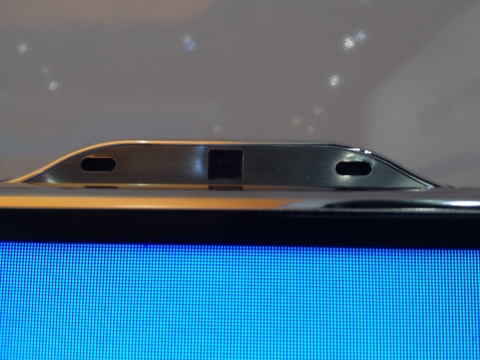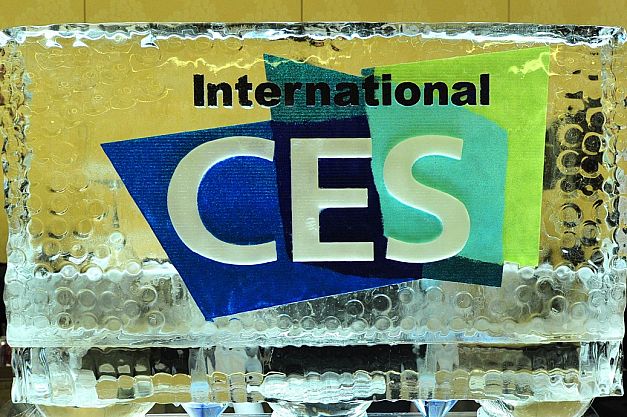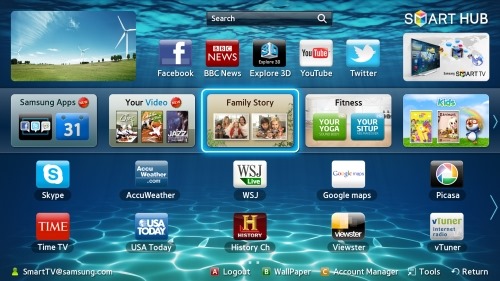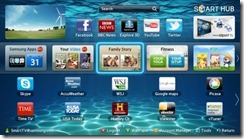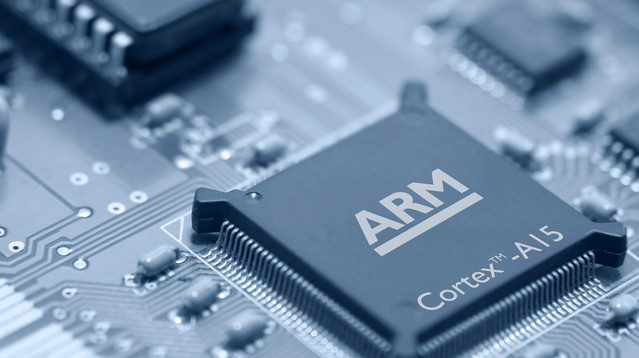 Over the years, in my various discussions with Steve Jobs about Apple and their products, there was one theme that always came out when we discussed any of his product designs; they had to be easy to use. In fact, he was the consummate customer of Apple products. If he deemed them not “easy-to-use” then it was back to the drawing boards until they were.
Over the years, in my various discussions with Steve Jobs about Apple and their products, there was one theme that always came out when we discussed any of his product designs; they had to be easy to use. In fact, he was the consummate customer of Apple products. If he deemed them not “easy-to-use” then it was back to the drawing boards until they were.
But while this was at the heart of his designs, he also knew that easy to use was actually a relative term and that in the end, there are a lot of variables around the technology people use that determined if they were easy for “them” to use or not. So when Apple was creating the Apple stores, they made sure that they did not just create a place where people can come and buy an Apple product. Indeed, an Apple store, with its extremely knowledgeable sales staff and their genius bars are just as critical to the success of Apple’s stores.
What Jobs and team fundamentally understood is that for those who use technology every day in the office, their ability to use a Mac and Apple’s products are intuitive enough for them to learn and use out of the box. But for the millions of people who do not use technology as part of their work or school, even easy to use products can be intimidating and some will need hand holding from time to time. Apple also understood that as people begin to integrate them into their daily lifestyles and use them as the center of their digital universe, the variables of how to make the technology work for them would only increase. With that in mind, Jobs and team knew that they needed to not only create a product but also had to provide the software and services, in an integrated way, if they were going to grow the company and become extremely profitable.
This formula is not new. In fact, if you look at the history of mainframes, mini-computers and even PCs, they all followed a similar evolutionary path. First comes the hardware, then the industry backs a major OS for these systems, which then makes it possible for the software world to create the programs that make the hardware indispensable. But over time, the profit is taken out of the hardware and the real money shifts to software and services. This is especially being played out now with the PC crowd. The profits are gone in hardware and only the software guys (i.e. Microsoft) are making any money in the PC game. That is why HP has spent billions on EDS and their service business because all of the real profits for the hardware guys have shifted here.
Related Column: Dear Industry Why History Won’t Repeat Itself
Apple is insulated from some of these issues since they control the hardware, software, and services. But while most people think of their services as iTunes and their related apps and cloud services, they miss the fact that their Apple stores are also part of their services offering. A good way to think of this is that the Apple store is their EDS. They are there to interact with the customer, to help them integrate Apple’s various products into their life or work-styles and if there is a problem, solve it for them on the spot. (Sounds a lot like EDS and the big service providers does it not?)
This is why Microsoft has suddenly entered the retail business. While selling their products is part of their retail offering, these stores are their “EDS” that meets the needs of their consumer’s customers. Like Apple, these stores are there to help them “integrate” Microsoft products into digital work and lifestyles and if problems arise in doing this, be the place to come to help them deal with it. While the Microsoft stores need to break even, they are not necessarily profit centers. Instead, think of them as consumer service centers that keep the customers happy and making sure they keep buying products that use Microsoft’s software from all of their partners.
Google opening a store in Ireland is a nod in this same direction. And now we have rumors that Amazon is looking at opening their first store in Seattle. At first, you might think that an Amazon store will be going after a Costco given their breadth of products. But Amazon is smarter than this. They have gone to school on Apple and like Microsoft, understand that a retail storefront is actually a vehicle for servicing their customers who buy their dedicated technology products. At the center will be their Kindle line of course, and the store will be there to answer questions and help people get the most out of their Kindle eBooks and tablets. But it would not surprise me if this signals they might also do an Amazon branded smart phone and over time consider other Amazon branded products that these stores can sell and support.
None of these moves to copy Apple with storefronts should be too surprising given Apple’s success in this area. But while Apple Stores do sell Apple products and are used to drive people into the stores to show off their wares, keep in mind that the role it plays in providing service and support is equally important to its success equation. And for Microsoft, Google and Amazon, and any other vendors who move towards vertically integrated products, if they really want to keep their customers happy and coming back for their branded products, they better be ready to provide the service and support that goes along with helping them integrate these products into their digital lifestyle. If not, that loyalty will shift to Apple, who has defined the consumer version of EDS and is well positioned to continue to take customers away from the competition.



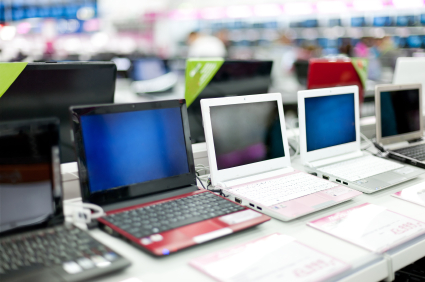



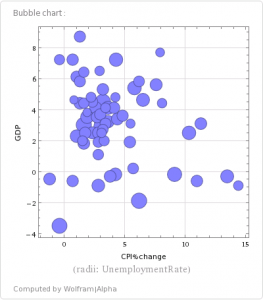






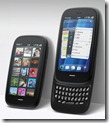
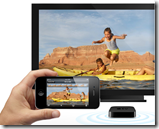

 and development environments to support this. Why Microsoft? I believe they see that the future of the client is the smartphone and if they don’t win in smartphones, they could lose the future client. They can’t just abandon PCs today, so they are inching toward that with a scalable Metro-Desktop interface and dev environment. Metro for Windows 8 means for Metro apps not just for the PC, but for the tablet and the Windows smartphone. The big question is, if Microsoft sees the decline of the PC platform in favor of the smartphone, then why aren’t all the Windows PC OEMs seeing this too? One thing I am certain of- the PC industry cannot ignore the smartphone market or they won’t be in the client computing market in the long-term.
and development environments to support this. Why Microsoft? I believe they see that the future of the client is the smartphone and if they don’t win in smartphones, they could lose the future client. They can’t just abandon PCs today, so they are inching toward that with a scalable Metro-Desktop interface and dev environment. Metro for Windows 8 means for Metro apps not just for the PC, but for the tablet and the Windows smartphone. The big question is, if Microsoft sees the decline of the PC platform in favor of the smartphone, then why aren’t all the Windows PC OEMs seeing this too? One thing I am certain of- the PC industry cannot ignore the smartphone market or they won’t be in the client computing market in the long-term.